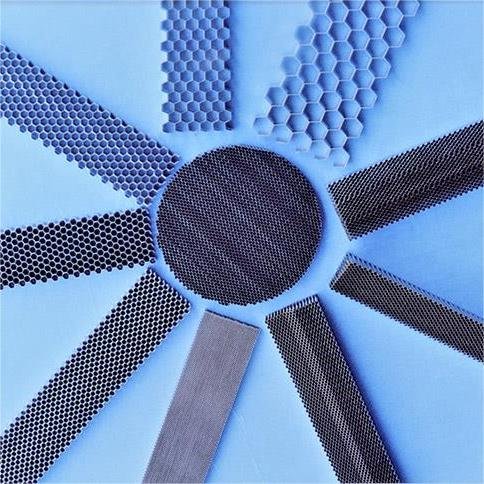In turbines, a “segment” is a special arrangement of turbine blades or guide vanes in which multiple blades or guide vanes are manufactured into an integral, continuous arc-shaped component. This design is widely used in the manufacture of gas and steam turbines to improve turbine efficiency and durability while simplifying installation and maintenance.

The arc section designs multiple blades into an integrated structure to strengthen the structural strength of the entire part, reduce the number of components, and reduce the complexity of assembly and maintenance.
The gap between the turbine and guide vanes can be significantly reduced, reducing the leakage of hot gas or steam, thus increasing overall efficiency.
Compared with installing each blade individually, the installation of arc segments is more convenient and faster, which helps shorten downtime during maintenance and inspection.
By reducing the seams between blades, the arc section can better withstand the impact of high-speed rotation and high-temperature hot air, extending the life of parts.
The arc segment in a turbine accessory is mainly used to carry and guide the working fluid, convert the kinetic energy of the fluid into mechanical energy, and thus drive the turbine rotor. The design and arrangement of the arc segment have an important influence on the performance and efficiency of the turbine.




The arc segment in a turbine accessory usually consists of a series of blades and structures connecting the blades. The blades are usually connected to the rest of the arc segment through a root or a root and a platform. The number, shape and arrangement of blades in each arc segment will vary according to the design requirements of the turbine.
Gas turbine: In gas turbines, arc sections are mainly used in the high-pressure and low-pressure turbine parts to improve the thermal and mechanical efficiency of the machine.
Steam Turbine: The guide vanes or blade arcs in a steam turbine help direct the flow of steam through the turbine more efficiently, optimizing the energy conversion process.
Aeroengine: In some aeroengine turbine designs, arc segments are used to improve airflow dynamics and increase engine thrust and efficiency.
Each material has its own unique properties and application areas, and performs well in specific environments. When designing and manufacturing turbine parts arc segments, the choice of material depends on the working conditions that the parts will be subjected to, including factors such as temperature, pressure, and chemical environment. The correct material selection is essential to ensure the efficient operation and long-term stability of the turbine. Titanium alloy, Inconel, Hastelloy, Nimonic, Monel These materials are very suitable for manufacturing turbine parts arc segments due to their unique properties, especially in applications requiring high strength, high temperature resistance, corrosion resistance and other harsh conditions.
Features: high strength, low density, excellent corrosion resistance.
Application: Titanium alloy is the material of choice in the aerospace industry, especially for low-pressure turbine blades and turbine disks. In the manufacture of turbine parts arc segments, titanium alloys can provide lightweight solutions while maintaining structural strength and durability.
Features: extremely high heat resistance, can maintain mechanical properties at temperatures up to 700°C.
Application: Inconel alloy is suitable for gas turbine moving blades and stationary blades under high temperature working conditions, especially blades and arc segments in the high-pressure part.
Features: Excellent corrosion resistance, especially to high-temperature gases.
Application: In turbine equipment in the chemical and petroleum industries, Hastelloy can be used to manufacture turbine parts with high chemical stability requirements.
Features: Excellent high-temperature strength, good corrosion resistance and high-temperature oxidation resistance.
Application: Nimonic alloys are often used in high-temperature blades and arcs of aviation gas turbine engines, and are particularly suitable for manufacturing turbine blades that have been exposed to high-temperature environments for a long time.
Features: Excellent corrosion resistance, especially corrosion resistance in seawater and acidic environments.
Application: Monel alloys are more common in the manufacture of turbine parts in marine applications, such as in turbine systems for ships and offshore platforms, providing stable corrosion resistance.
Applicability: Stainless steel has good forging properties and is suitable for rough forging process. Different types of stainless steel (such as austenitic stainless steel, martensitic stainless steel, etc.) have different characteristics during forging.
Application: Widely used in machinery manufacturing, medical equipment, construction and automotive industries.